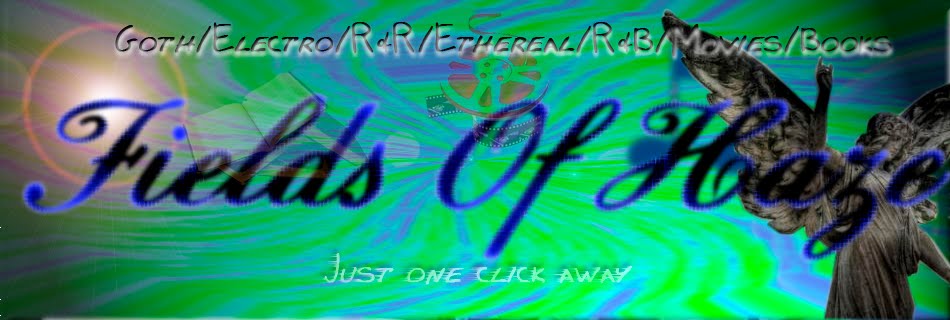
Style: Industrial, Experimental.
Similar artists: Clock DVA, Psychic TV, Coil.
Recording year: Mute Records, 1990.
Abrasive, aggressive, and antagonistic, Britain's Throbbing Gristle pioneered industrial music; exploring death, mutilation, fascism, and degradation amid a thunderous cacophony of mechanical noise, tape loops, extremist anti-melodies, and bludgeoning beats, the group's cultural terrorism -- the "wreckers of civilization," one tabloid called them -- raised the stakes of artistic confrontation to new heights, combating all notions of commerciality and good taste with a maniacal fervor.
Formed in London in the autumn of 1975, Throbbing Gristle consisted of vocalist/ringleader Genesis P-Orridge, his then-lover, guitarist Cosey Fanni Tutti, tape manipulator Peter "Sleazy" Christopherson, and keyboardist Chris Carter. A performance art troupe as much as a band, their early live shows -- each starting with a punch clock and running exactly 60 minutes before the power to the stage was cut -- threatened obscenity laws; during their notorious premiere gig, P-Orridge even mounted an art exhibit consisting entirely of used tampons and soiled diapers.
From their first performances in 1976 to their last gig in San Francisco in 1981 (recorded and released as "Mission Of Dead Souls"), they challenged and threatend so-called "normal", society - denounced from the floor of the House of Commons as "Wreckers of Civilisation" as the Coum Transmissions "Prostitution" art show in London's ICA (at which TG played their third show) came close to causing riots and set the stage for the punk revolution.
They split in 1981, with Genesis and Peter forming Psychic TV (and Peter later forming Coil) and Chris and Cosey becoming, well, Chris & Cosey. However, they came back together 23 years later in 2004 to plan an ill-fated weekend festival, which became a one-off recording session in London when the festival fell through, releasing a limited TGNOW album of the recordings.



Fields Of Haze... Underground for all.



























